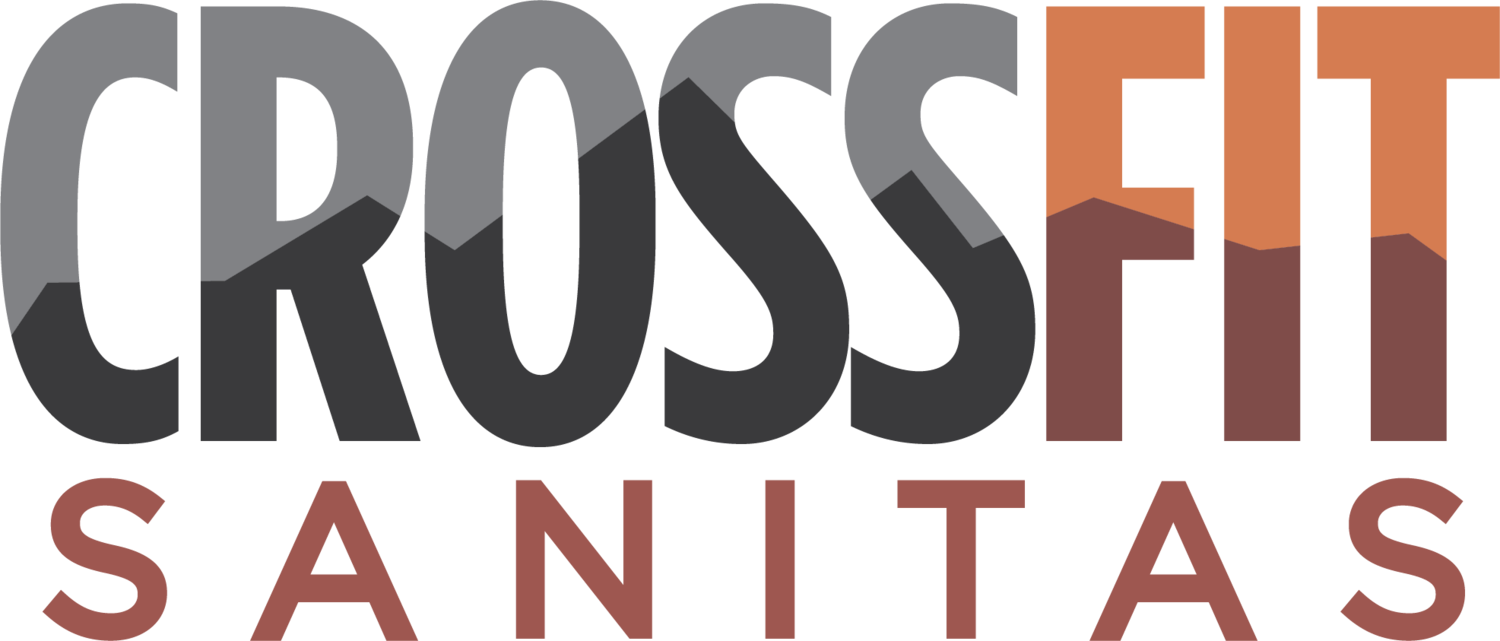The Benefits of Rolfing and How it Works
What is Rolfing Structural Integration?
We all walk around with our ‘story.’ Our posture and movement patterns have come about over time from repetitive movements, genetics, beliefs, traumas, and held emotions. These patterns have served us. However, overtime these patterns can result in pain, strain, and misalignment.
Alignment is essential to all of us, but is perhaps even more important to those of us who care about our health and are working out regularly.
Why is Optimal Alignment Important?
If your body is not in optimal alignment and you work out regularly, you are contributing more to your body being out of alignment. Over time, this will result in injuries and decreased athletic performance.
For example, let’s say your pelvis is ‘off’. The left side of your pelvis is higher and the right side of the pelvis is shifted forward. This is a common issue I see in many of the clients I work with. Your pelvis plays a foundational role in allowing your legs to move and track properly as well as allowing your spine, torso, rib cage, and shoulders to have a solid base upon which to be supported.
If your pelvis is in the above pattern, overtime it is not unlikely that you may develop pain in your right knee or pain in your left low back.
To feel your best and to achieve optimum health, your body needs to move with balance. Muscles, bones, and organs that move in proper relationship to each other create real strength - the kind that feels naturally good and powerful.
Injuries and lifelong habits can disrupt the natural alignment of your body and prevent you from being able to move freely. Pain and strain is your body’s way of telling you it is out of balance.
Rolfing Structural Integration focuses on the body’s complex matrix of connective tissue, the fascia, in a way that brings all the body’s parts into more smoothly functioning relationships. This is done by manipulation of the body’s fascial tissue (connective tissue) and reeducation with the client and their body awareness.
Integrating the whole system is a hallmark of Rolfing - an approach that sets it apart from other kinds of bodywork or manual therapies. Many people first experience Rolfing through a defined series of 10 sessions, each lasting approximately 75 minutes, each building upon the last.
You don’t have to go through the entire 10-Series to experience Rolfing. You will receive benefit even from just 1 session. There is an appropriate Rolfing pathway for every individual and strategies will be tailored specifically for you.
How Can I Try Rolfing at CrossFit Sanitas?
Emily Wishall, certified Rolfer, has the following appointment times available on Mondays at Crossfit Sanitas: 8:00am, 9:30am, & 11:00am. To give Rolfing a try for yourself, you can schedule online (choose "Rolfing" in the menu) or at the front desk.
